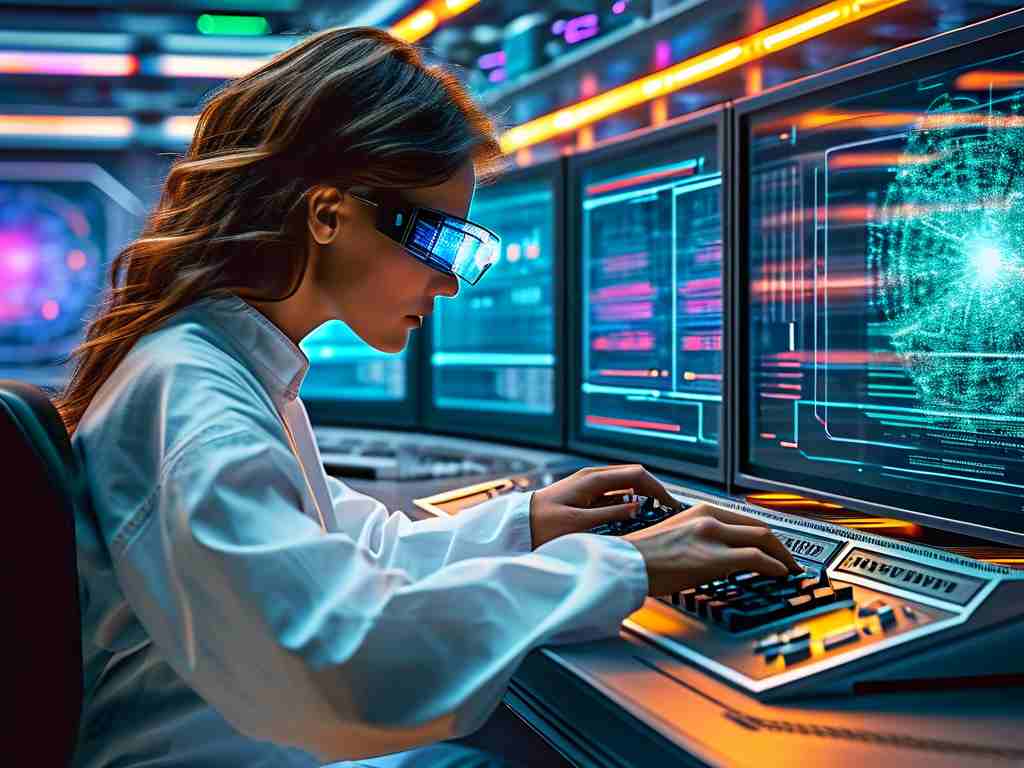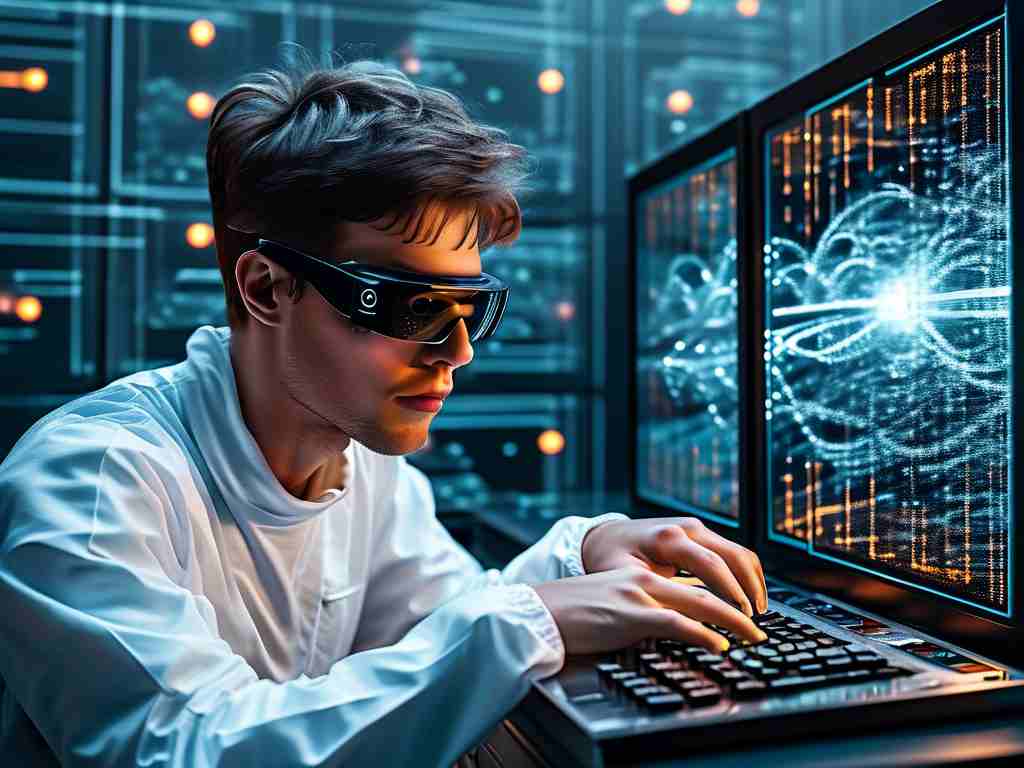The rapid evolution of quantum information technology is redefining the boundaries of computation, communication, and security. Unlike classical systems that rely on binary bits, quantum technologies leverage qubits, which exploit superposition and entanglement to process information exponentially faster. This paradigm shift is not merely theoretical—it is already driving innovations across industries, from cryptography to healthcare, and promises to solve problems once deemed intractable.

At the core of quantum information systems lies quantum computing. Traditional computers process data sequentially, but quantum machines perform parallel computations by manipulating qubits. For instance, Google’s Sycamore processor demonstrated “quantum supremacy” by solving a problem in 200 seconds that would take a classical supercomputer 10,000 years. Such breakthroughs highlight the potential for optimizing complex tasks like drug discovery, where simulating molecular interactions requires immense computational power. Quantum algorithms, such as Shor’s algorithm for factoring large numbers, could revolutionize cryptography by rendering existing encryption methods obsolete.
Quantum communication is another pillar of this technology. By using quantum key distribution (QKD), systems can transmit data with theoretically unbreakable security. China’s Micius satellite exemplifies this—it successfully established a quantum-secured communication channel between Beijing and Vienna, leveraging entangled photons to detect eavesdropping attempts. This technology could safeguard financial transactions, government communications, and critical infrastructure against cyber threats. Meanwhile, quantum networks are being developed to connect quantum computers globally, forming a “quantum internet” that enables secure data sharing and distributed computing.
Quantum sensing further expands the applications of this technology. Devices like atomic clocks and magnetometers exploit quantum states to achieve unprecedented precision. For example, quantum sensors could detect minute gravitational changes, improving navigation systems for autonomous vehicles or identifying underground mineral deposits. In healthcare, diamond-based quantum sensors are being tested to monitor neural activity at the cellular level, offering new insights into neurological disorders.
Despite its promise, quantum technology faces significant hurdles. Qubits are notoriously fragile, requiring near-absolute-zero temperatures and isolation from external interference to maintain coherence. Error rates remain high, necessitating advanced error-correction techniques. Companies like IBM and Rigetti are tackling these challenges by developing modular quantum processors and hybrid classical-quantum systems. Governments are also investing heavily: the U.S. National Quantum Initiative and the EU’s Quantum Flagship program aim to accelerate research and commercialization.
Ethical and societal implications cannot be ignored. The ability to break classical encryption could jeopardize global data security, necessitating post-quantum cryptography standards. Workforce readiness is another concern—specialized skills in quantum mechanics and computer science are in short supply. Collaborative efforts between academia and industry, such as IBM’s Q Network, are critical to building a talent pipeline.
Looking ahead, quantum information systems will likely integrate with AI, enabling machine learning models to process vast datasets more efficiently. Startups like Zapata Computing are already exploring quantum-enhanced AI for logistics and material science. As the technology matures, its impact will ripple across sectors, from climate modeling to personalized medicine.
In , the quantum information technology ecosystem represents a convergence of physics, engineering, and computer science. While challenges persist, the progress made in quantum computing, communication, and sensing underscores its transformative potential. As researchers and policymakers collaborate to address technical and ethical barriers, these systems will gradually transition from labs to real-world applications, reshaping industries and redefining what is computationally possible.









